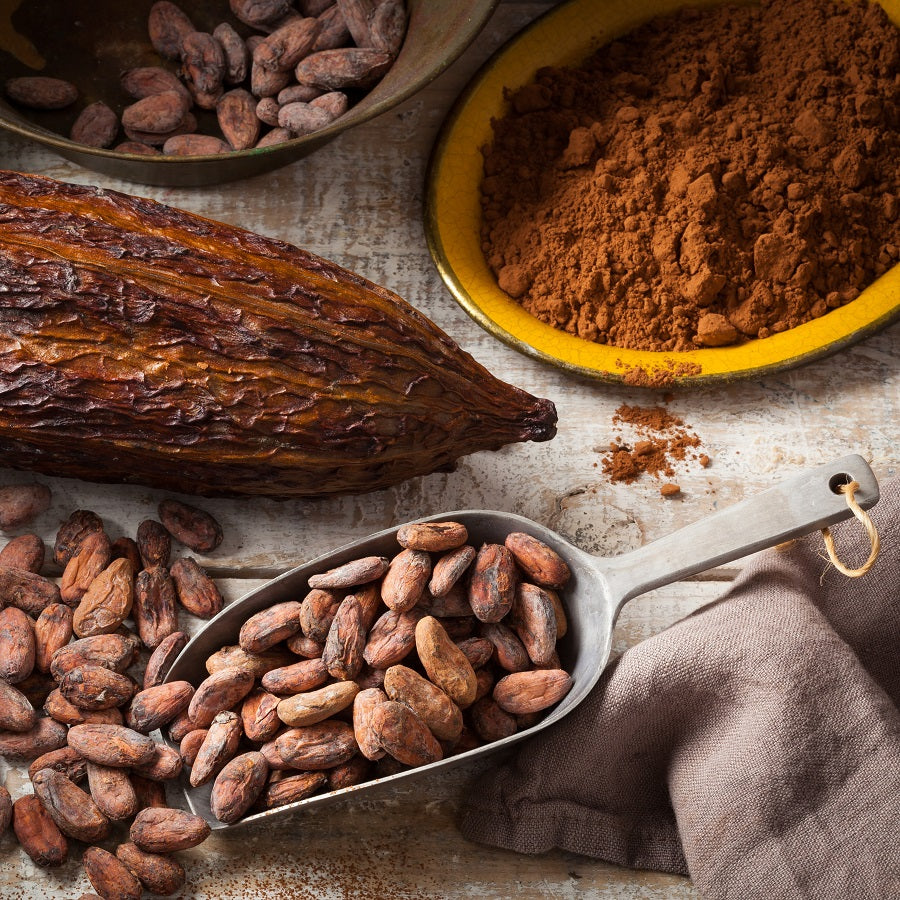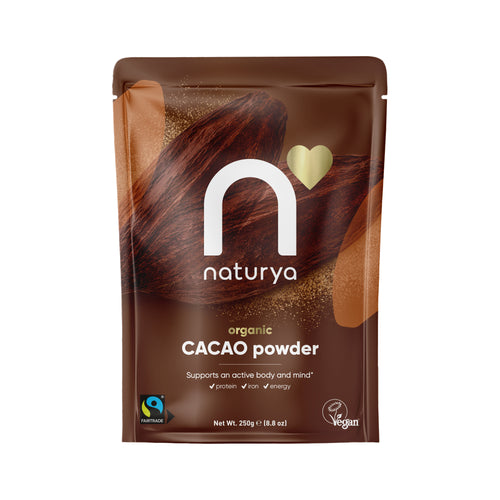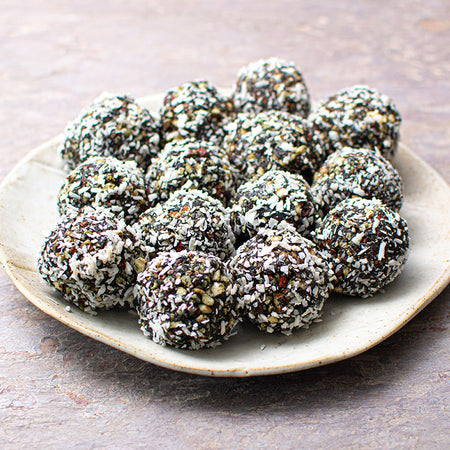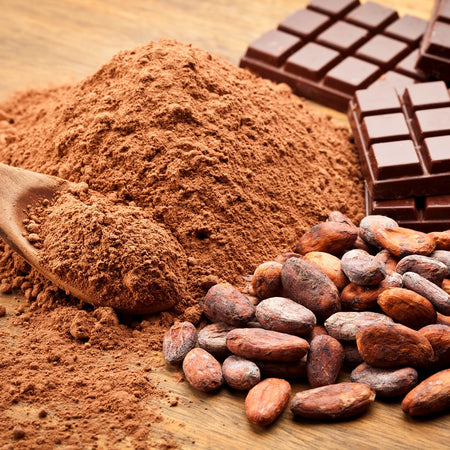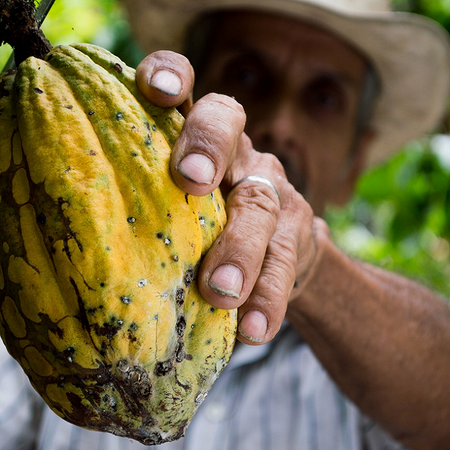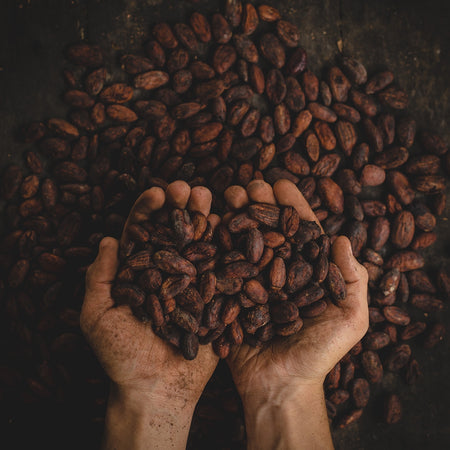Is your cacao within EU law cadmium limits?
In January 2015, an EU law was passed that set upper limits on the cadmium content levels permitted in cocoa powder and chocolate. This law comes into effect in January 2019. Are you ready for it?
What does this mean for retailers?
The law means that retailers must ensure they only purchase cadmium level compliant chocolate and cocoa (cacao) powders from suppliers after 31st December 2018.
The compliant limits of cadmium content are shown here:
| Specific cocoa and chocolate products as listed below | Maximum levels (mg/kg wet weight) | |
| Milk chocolate with < 30 % total dry cocoa solids | 0.10 | |
| Chocolate with < 50 % total dry cocoa solids; milk chocolate with ≥ 30 % total dry cocoa solids | 0.30 | |
| Chocolate with ≥ 50 % total dry cocoa solids | 0.80 | |
| Cacao powder sold to the final consumer or as an ingredient in sweetened cocoa powder sold to the final consumer | 0.60 |
For instance, from January 2019, a 100g bar of dark chocolate containing more than 50 percent cocoa solids must not have more than 0.08mg of cadmium.
It is considered that when translating the cadmium levels of chocolate into levels admitted in cacao beans, European importers will in practice consider <0.5 ppm or 0.5 mg/kg, a good level.
Can I still sell my cacao and chocolate finished goods purchased before 1st January 2019 after this date?
Any products purchased from suppliers before 1st January 2019 that may not comply with the new legal cadmium levels (or that the supplier cannot provide evidence to prove this is the case), can still be legally sold in the UK after the 1st January and for the duration of their shelf life. However, you will need to ask suppliers to verify the cadmium content in their products before purchasing them from 1st January 2019.
Questions and Answers on Cacao & Cadmium
Why has the EU put a law against cadmium levels?
Heavy metals (arsenic, cadmium, mercury, lead) which are toxic to humans, can be found in various agricultural raw materials, including cocoa, and some food safety authorities have set maximum limits based on their assessments of the tolerable weekly intake (TWI) (“safe level”), and mean dietary exposure of groups and subgroups of their populations, to protect the health of consumers.
Cadmium is not easily processed and therefore accumulates in the body and can have detrimental effects on the kidneys, lungs, bones, and possibly fetal development; it’s also classified as a probable human carcinogen.
Food is the main source of cadmium exposure for the non-smoking general population. The food groups that contribute most of the dietary cadmium exposure are cereals and cereal products, vegetables, nuts and pulses, starchy roots or potatoes, and meat and meat products. Due to their high consumption of cereals, nuts, oilseeds and pulses, vegetarians have a higher dietary exposure. This is also the case for regular consumers of bivalve molluscs and wild mushrooms.
Where does Cadmium come from?
Cadmium along with other heavy metals can be found naturally in the soil, it is derivative of forest fires, volcanic activity and weathering of rock. Plants, such as cocoa take up the metal from the soil, the amount of which varies depending on the geographic region, soil acidity, plant variety, and other factors. It can also enter the soil through phosphate fertilizers and certain battery (Ni-Cd rechargeable) manufacturing facilities.
Smoking is another route by which cadmium enters the body, and absorption is more efficient through the lungs than the gastrointestinal tract. Some people are also exposed to cadmium-contaminated air—sometimes at quite high levels—depending on where they work or live.
Why is this change in EU law an issue for cacao suppliers?
The cadmium problem relates to beans from certain regions of some producing countries, particularly in Latin America and Caribbean area. Although high levels in the beans are generally associated with naturally high levels of cadmium in the soil, levels are likely to be affected by several factors including the physical and chemical nature of the soil, the variety of cacao and anthropogenic factors including the use of contaminated fertilisers.
Where is the Cadmium Law in Effect?
The Canadian government and the European Union have implemented the cadmium levels law. In the US, the FDA has not set cadmium limits in foods or supplements. The World Health Organization (WHO) suggests a maximum of 0.3 micrograms per gram in dried plants. And California requires a warning label on products that have more than 4.1 micrograms of cadmium per daily serving of a single product. Cadmium limits have been determined in many different ways, but it’s unclear which approach is best.
The facts
- Cadmium is classified a heavy metal, like lead, aluminium, mercury and arsenic. We are exposed through food and the environment to heavy metals every day and they build up in the body’s tissues.
- Cadmium is not well absorbed by the body when ingested, and consuming adequate calcium, iron, and zinc may help reduce cadmium absorption further. But because the heavy metal accumulates in the body, it can do damage over time.
- Heat does not affect the content of contaminants like mycotoxins and heavy metals, therefore roasting has no effect on the levels found in cocoa or chocolate.
- Foodstuffs are the main source of cadmium exposure for the non-smoking general population.




